Archive
Newsletter Articles
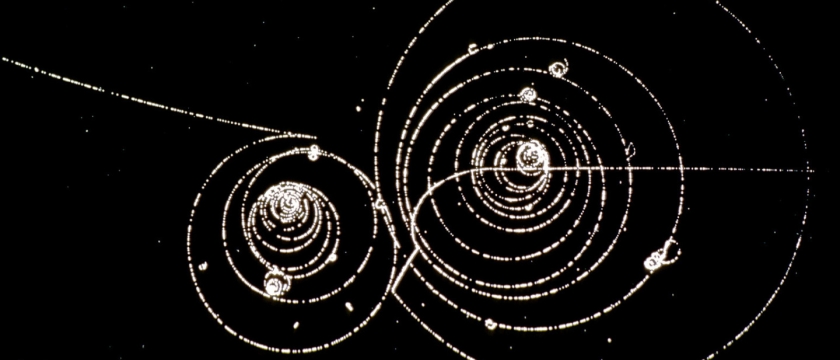
…
January 2025 - March 2025
The existence of antimatter is a fundamental aspect of our Universe and is predicted by the laws of quantum physics and symmetry principles. However, the theory does not match the experimental observations. According to our models, we would expect…
Read MORE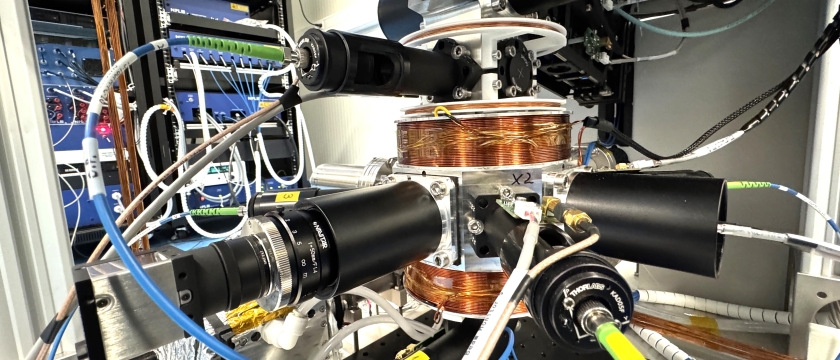
…
January 2025 - March 2025
Figure 1: Atoms in this part of the Cs fountain clock are trapped and laser cooled in preparation of their vertical launch. Experiments at CERN’s Antimatter Factory test fundamental principles such as CPT invariance by studying the properties and…
Read MORE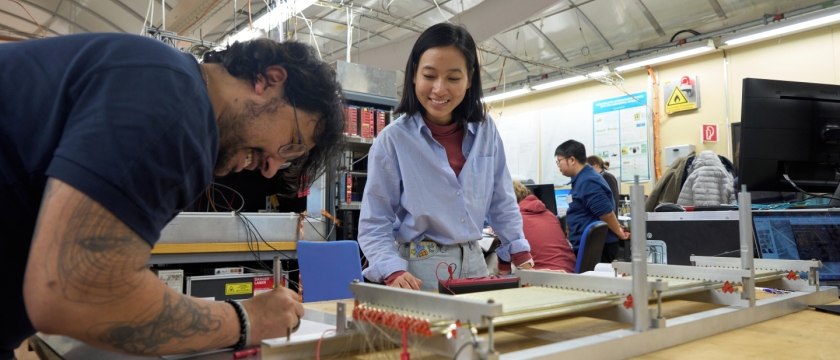
…
January 2025 - March 2025
How do wire-based detectors compare to Resistive Plate Chambers? What are the performances of MicroPattern Gaseous Detectors? Which gas mixtures should be chosen for optimised operation? How will detectors face the challenges of future, more…
Read MORE
…
January 2025 - March 2025
The first measurement of the W boson mass (mw) performed by the CMS Collaboration was announced in September 2024. This result has been long-awaited—the first LHC measurement of mW, by the ATLAS Collaboration, was shown nearly 7 years ago. In the…
Read MORE
…
January 2025 - March 2025
R&D activities are vital for the ROOT project. A few years ago, we started investigating the evolution of TTree, ROOT’s columnar format with which more than two exabytes of data were written at the LHC: experiments write data, lots of it, to…
Read MORE
…
January 2025 - March 2025
One of the conclusions from the ESPPU 2013 process was that CERN should actively engage in the global accelerator-based neutrino program. As a result, CERN became involved in various initiatives, including the DUNE project, and took a leading role…
Read MORE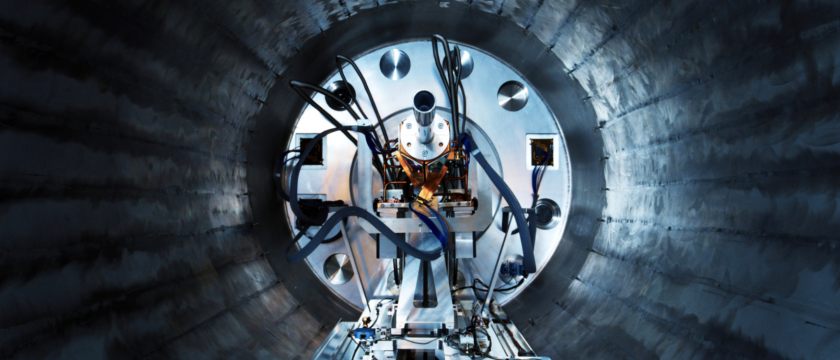
…
January 2025 - March 2025
The field of nuclear physics is well into its second century. From its initial experiment bombarding a gold foil with alpha particles, experimental techniques have become more sophisticated to keep pace with the technology and innovation that has…
Read MORE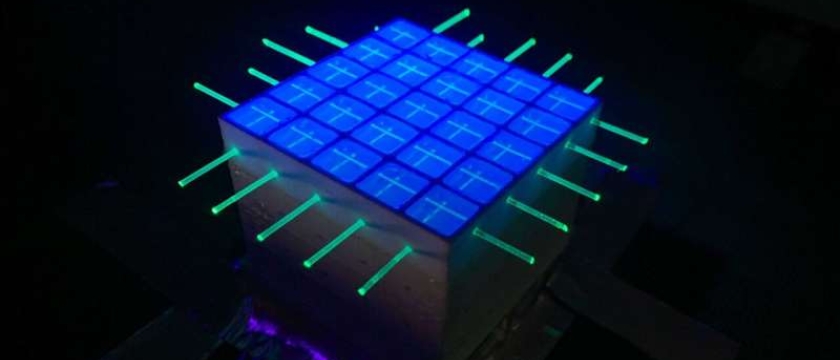
…
January 2025 - March 2025
Plastic scintillator detectors are cost-effective and benefit from a very fast response as well as the possibility to easily shape their geometry. Thus, their deployment is a standard in most of the particle physics experiments. Although their…
Read MORE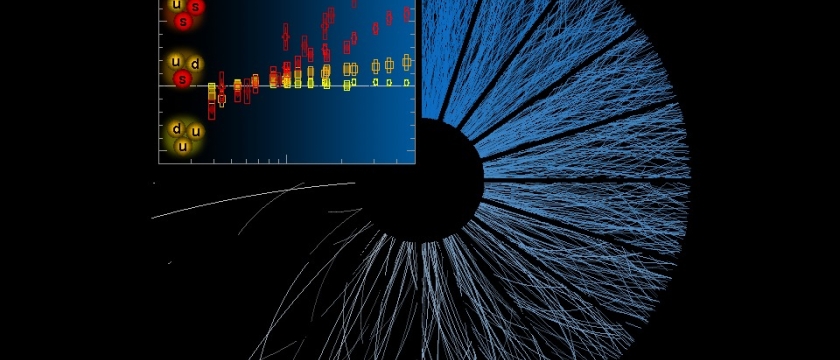
…
October-December 2024
One of the most fascinating characteristics of particles carrying colour charge, such as quarks and gluons, is their inability to exist as free entities in nature. They are indeed perpetually confined within colour-neutral composite particles known…
Read MORE
